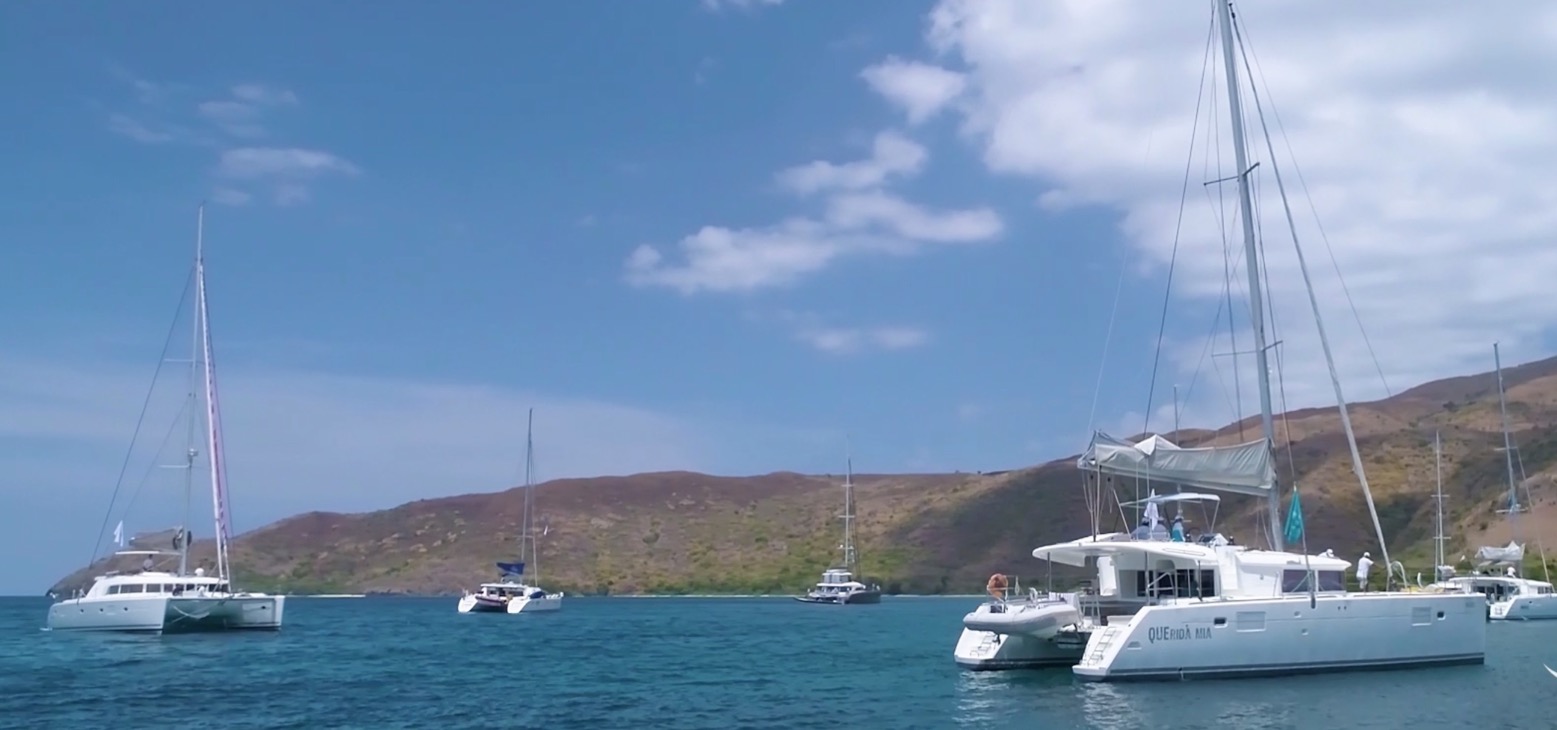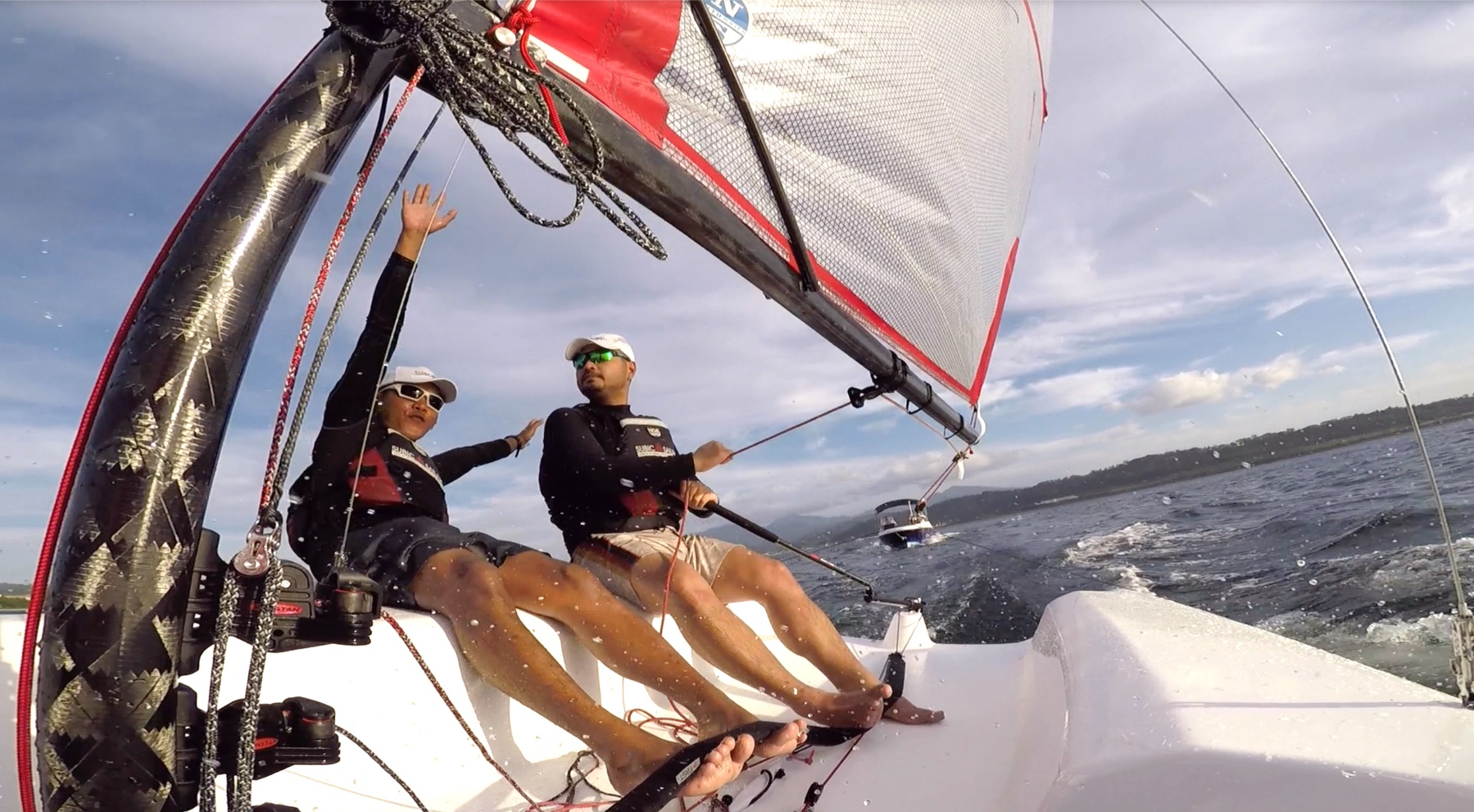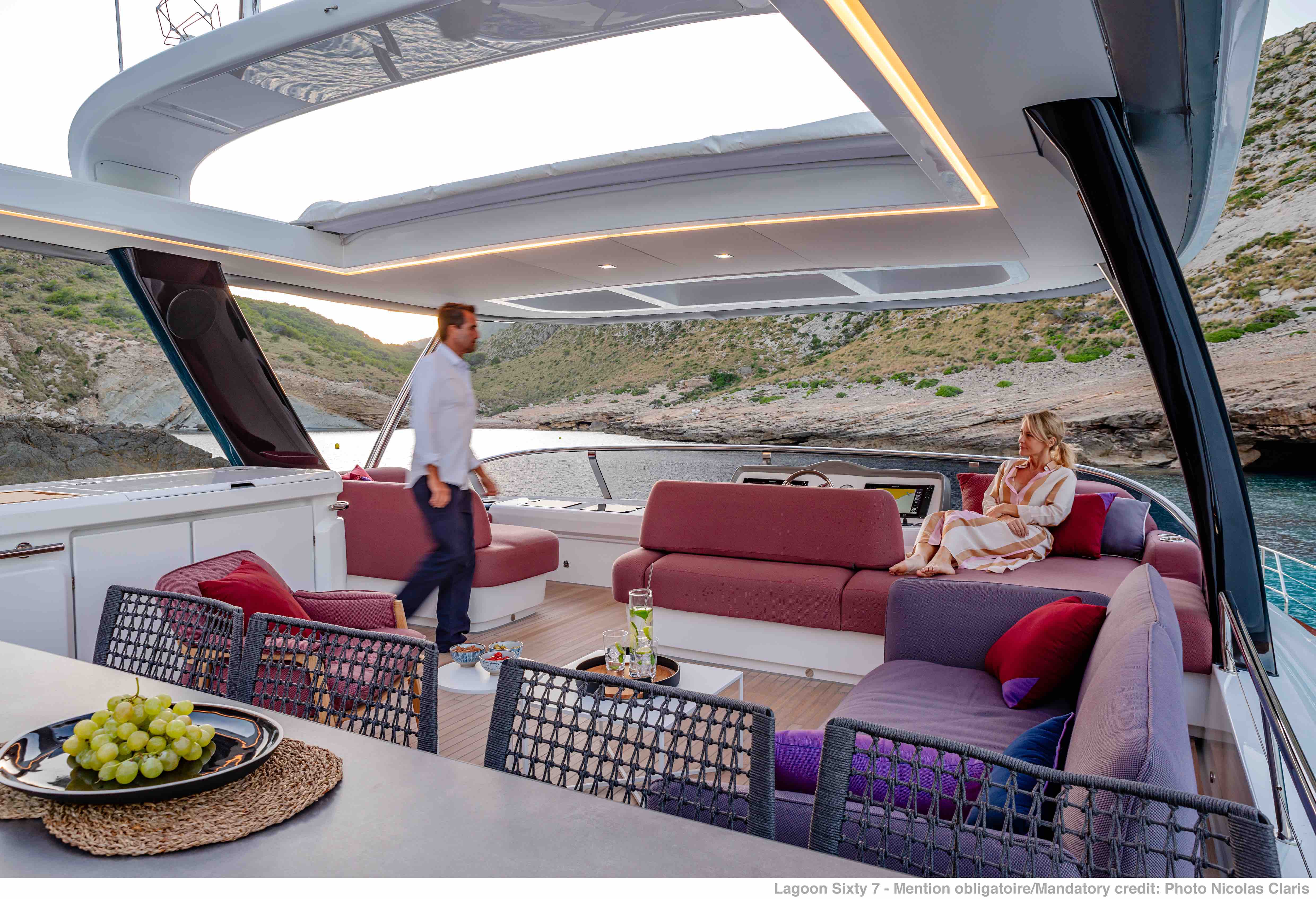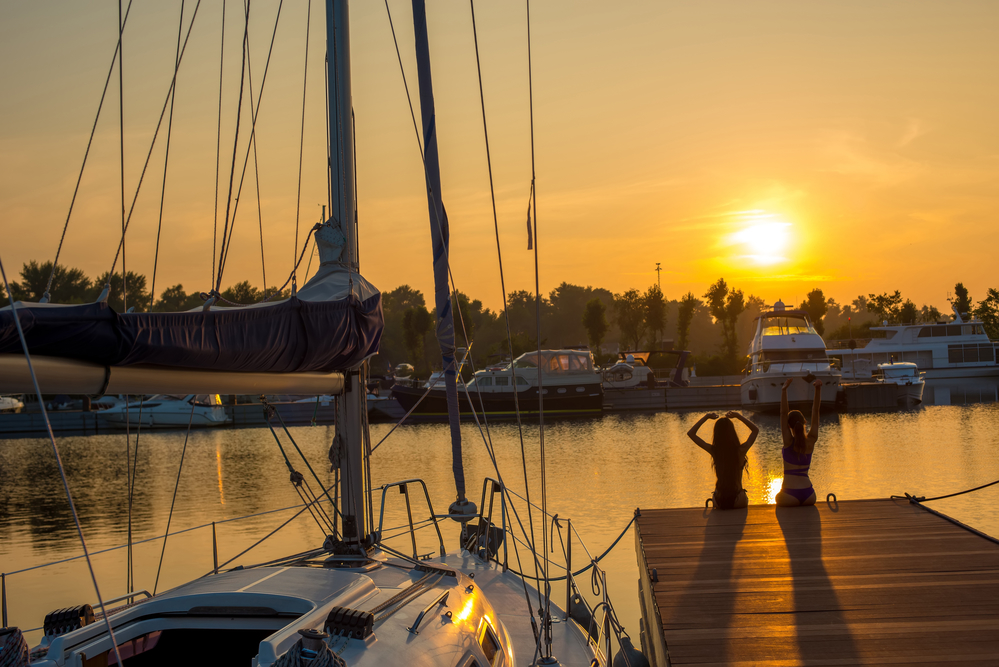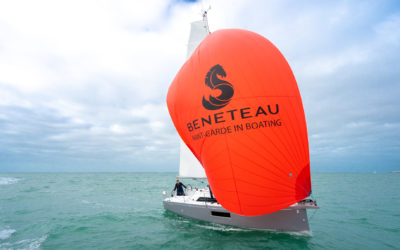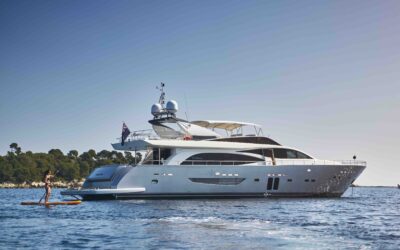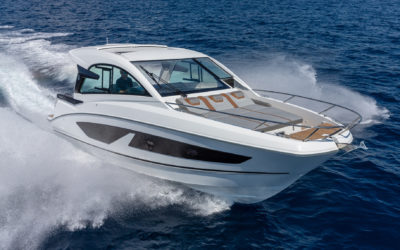5 Tips for Handling a Catamaran Under Heavy Weather
September 8, 2020
For sailors, the term “heavy weather” means conditions that change the sailing journey into something riskier and less comfortable. It’s possible to run into heavy weather if one misses a forecast or goes on a long trip with some hazards already anticipated. Sailors usually keep their eyes on two things: the strength of the wind and the state of the water. But aside from taking atmospheric and oceanic parameters into consideration, sailors must also pay attention to the boat’s characteristics, the crew’s collective experience, and the preparations undertaken for the journey.
Catamarans, which are multi-hull vessels, are often much safer and more comfortable to sail than monohull boats because they don’t heel underway. But this doesn’t mean that sailing a catamaran under heavy weather will be free of challenges. With multi-hulls like catamarans, it’s the sea that poses the biggest problem—much of your effort will be dedicated to managing the waves. In some cases, such as during a thunderstorm, the wind may also be a force to contend with. In this case, maneuvering your catamaran to safety may require more than simply reducing the canvas.
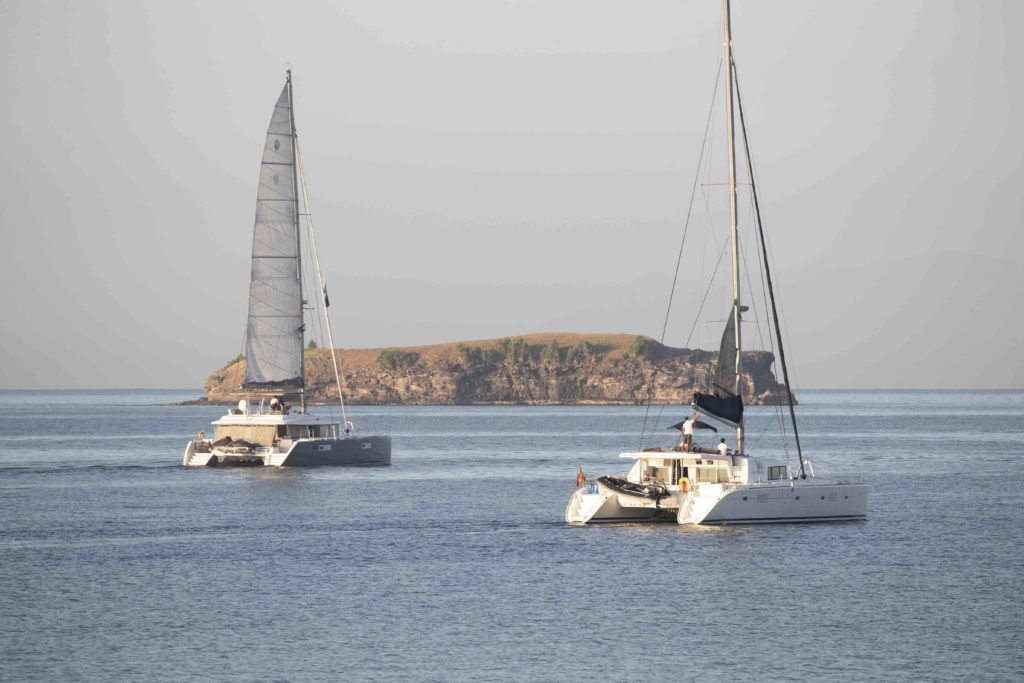
Europa Yachts, the exclusive dealer of Lagoon catamarans in the Philippines, acknowledges the value of advanced sailing skills and preparation for times like these. Thus, we’re providing you with a few insider tips from our experts. These will prove useful for when you find yourself and your crew sailing a catamaran through strong winds and choppy waves.
Preparing for Heavy Weather
Reef the Sails Before the Weather Gets Worse
In sailing parlance, “reefing” means reducing the area of the sail either by folding or rolling up an edge of the canvas. This results in the carrying of only partial sail while the winds are strong, and is therefore a common safety precaution for boats like sailing catamarans.
You can follow these two steps for reefing your catamaran’s sails:
- Lower the sail’s center of effort. The crew can choose to either sail under a staysail or roll a little genoa in when the seas are rough, especially upwind.
- If you’re sailing downwind, however, put either a deep reef in the mainsail or drop it completely. Either way, this will give the helmsman the opportunity to stay on course without needing to luff up, or steer windward.
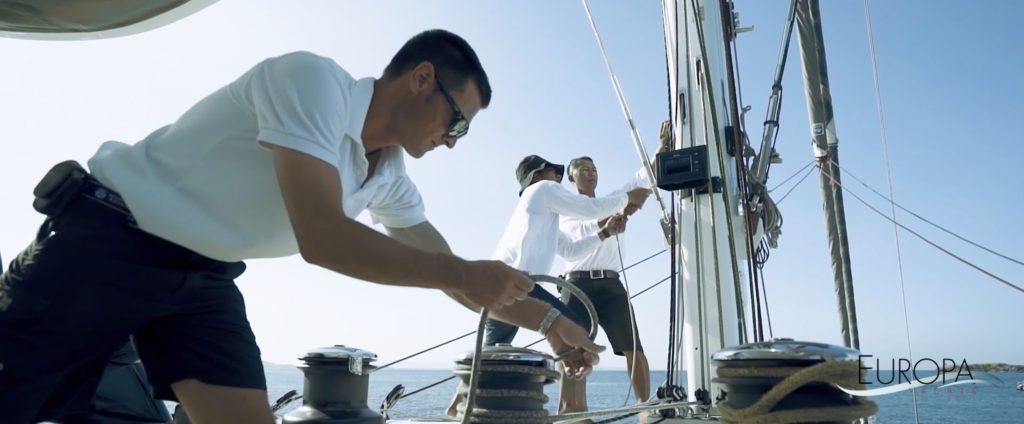
Know When to Head Up and When to Bear Away
You have to take two different approaches for when your catamaran accelerates upwind, versus when it accelerates downwind on a wave. If your catamaran is sailing too fast upwind or resisting the sea, it’s best to head up a few degrees in order to reduce speed. But the opposite applies for a broad reach, or when you’re sailing downwind. If that’s the case, the appropriate reaction is to bear away (without jibing).
Keep a Hand on the Mainsheet
When the weather seems out of the ordinary, keep one hand ready to release the mainsheet at all times. This is when you will really feel that your prior sailing experience will be your best teacher. If you’ve prepared well up to this moment, you’ll know what sail combinations to use and when to reef. You’ll also know how to interpret information about the strength and angle of the true wind. This foresight and depth of experience is what will guide your catamaran out of harm’s way.
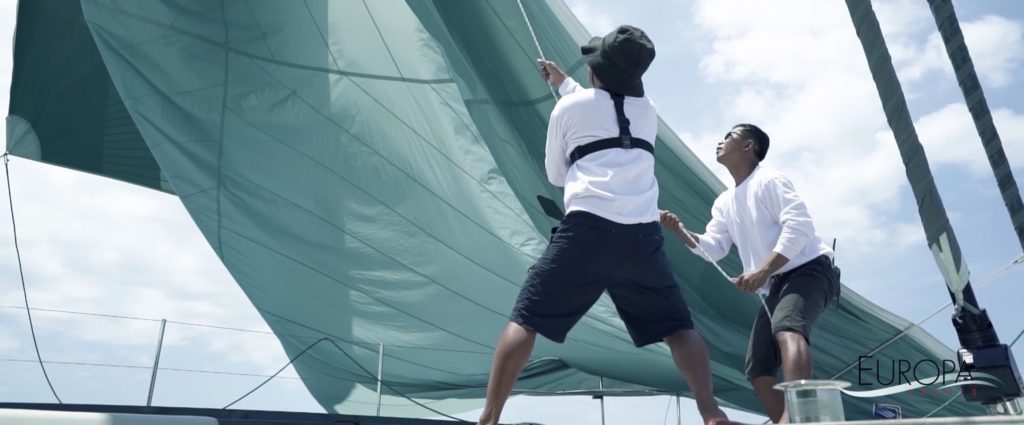
When Heavy Weather Hits
Sail with Your Engine On
In circumstances where you will need that extra control over the waves, turn on the catamaran’s leeward engine. Then, while under very reduced sail, you should sail close to the wind, or at an angle between 35° and 45° to the true wind.
Be Careful When Running Before the Wind
Running before the wind, where the true wind comes from directly behind the catamaran, may be a comfortable option during heavy weather. That said, sailors always need to be careful about maintaining balance while adapting the catamaran’s speed to the frequency of the waves. To make it easier to maneuver the catamaran, avoid running under bare poles. You can also set up the catamaran’s drogue, which is meant to slow the boat down, from its sugar scoops. Then, regulate the boat’s speed by shortening or lengthening the drogue as necessary. When you do this, you can trust your catamaran to remain in line, thanks to its stern.
Even on rough seas, a catamaran will be a trustworthy and durable sailing companion. Modern catamarans, like those of the Lagoon brand, are already designed to achieve maximum seaworthiness, balance, and maneuverability. However, greater sailing knowledge and preparation on your part will make the journey on a catamaran safer and more enjoyable.
At Europa Yachts, you will find worthy vessels that will endure the elements. For more information on our offerings from Lagoon, the world’s number one catamaran manufacturer, call us at (+632) 7255 7116 or email us at info@europayachts.net. Weather high winds and strong currents in complete safety and comfort with a Lagoon catamaran!
